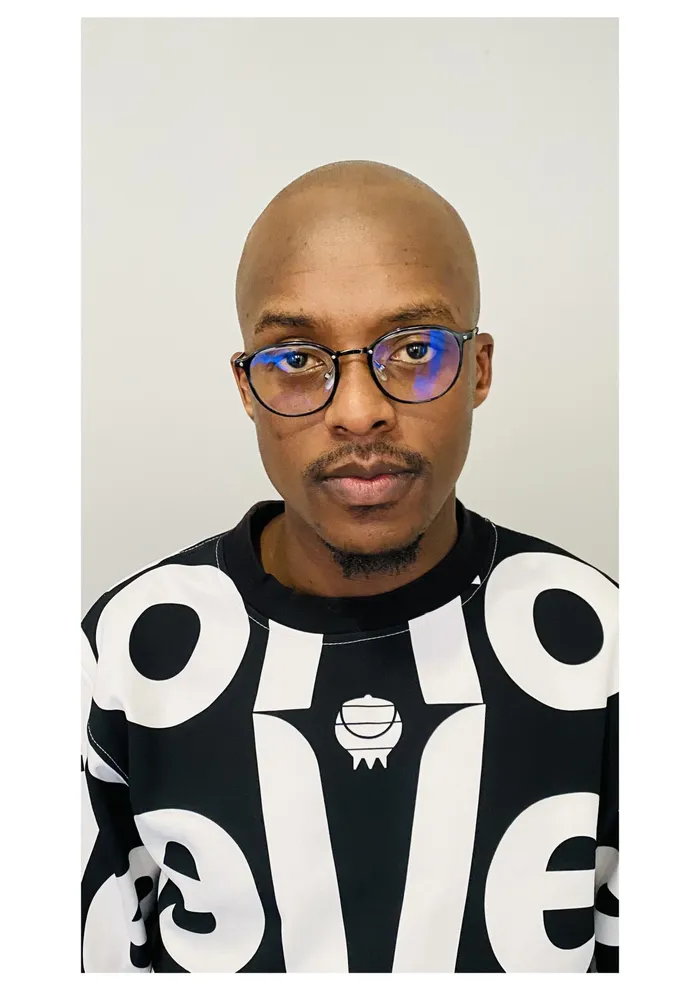Youth symbolic subjugation under the democratic government

Awam Mavimbela is a registered social worker, former Walter Sisulu University Lecturer, PhD candidate with University of the Free State, and a published author
Image: Supplied
IN LAST year’s election, all political parties promised to address unemployment, having previously identified this failure in the ANC-led government.
Unemployment is first in ANC manifesto in its six priorities, first in DA's rescue plan manifesto, first in IFP 13-point plan, just to mention a few.
However, nearly a year after the formation of the Government of National Unity, youth unemployment remains alarmingly high 63.3% for those in the 15 to 25 category, and 41.3% for those aged between 24 and 35 age.
With this being graduation season, the numbers of unemployed youth are expected to increase.
Clearly, the most affected demographic by the ANC’s legacy of corruption, arrogance, negligence, mismanagement, and incompetence is the African youth.
This unexplored factor is deliberate as to not expose the racial and gender inequalities in employment by the government and private sector.
Understandably, in the realm of the private sector, data from South Africa's Commission for Employment Equity indicates that individuals identifying as White constituted 65.9% of positions at the highest management level, whereas individuals identifying as Black accounted for 13.8% in the year 2022.
Therefore, both the democratically elected government and the private sector have maintained the apartheid legacy of inequality through systematic mechanisms, one of which would have been the the VAT increase, but that has been iced, but persistent youth unemployment is certainly one of the new oppressors.
This is done through exploitation and limited employment prospects subjecting youth to having a desperate take it or leave it mindset.
Evidently, oppression does not only manifest through violent means, as seen under apartheid. Oppression theory highlights that it operates on three levels: interpersonal, institutional, and internalised.
This theoretical framework clearly illustrates the divide between those who suffer social injustices and those who benefit from the continued marginalisation of others.
The ANC, through its greed and misappropriation of public funds (intended for development and employment) has effectively become the oppressor.
Focusing on African youth institutional oppression theory, the ongoing corruption within institutions like NSFAS, where both bureaucrats and officials have misused funds, while young people continue to struggle under flawed systems like Tenet. This has plunged students (Africans in their majority) into poverty and mental distress, resulting in university riots that disrupted the academic calendar.
Furthermore, limited availability of university spaces, only 202,000 first-year slots were available, leaving over 100,000 students without placement. This is in addition to those who were unable to study last year due to the same systemic government failures, a recurring issue that is far from new. This reflects institutional symbolic oppression: the use of public institutions to deny citizens their rights.
Section 29(1)(b) of the Constitution of the Republic of South Africa, 1996, clearly states: “Everyone has the right to further education, which the state, through reasonable measures, must make progressively available and accessible.
"There is no doubt that this behaviour by a democratically elected government places it in the role of oppressor, as its greed continues to subject the youth to harsh socioeconomic conditions. Conditions like those of apartheid, which led to the 1976 Soweto uprising (decolonial turn).
More than two decades into democracy, we witnessed a second decolonial tur #FeesMustFall (2015–2016), also rooted in inequality in the education system.The key difference is that apartheid was intentional, through institutions implementing notorious laws like Bantu Education Act of 1953, which deliberately restricted Black South Africans.
The Bantu Education Act was founded on the words of Hendrik Verwoerd, architect of apartheid: “There is no place for [the Bantu] in the European community above the level of certain forms of labour.
"Today, the South African democratic government excludes and suppresses Black people through the institutional oppression tools such as, academic financial exclusion, limited access to higher education, poor socioeconomic conditions, exploitation, excessive workloads, and unemployment.
As a result, more than 800 qualified doctors remain unemployed, despite a ratio of one doctor per 3,000 patients, highlighting a critical healthcare need. This shortage has contributed to medico-legal negligence cases costing the state billions of rands, largely due to staff fatigue.
The South African system has been structurally designed to produce failure among African youth, both during and after colonial rule. The difference in post-colonialism is that the oppression is now systemic, yet it continues to yield the same poor social outcomes experienced under apartheid.
In this way, the democratic system has become an ally of oppression, which can removed through youth participation to democratic processes such as voting.
DAILY NEWS